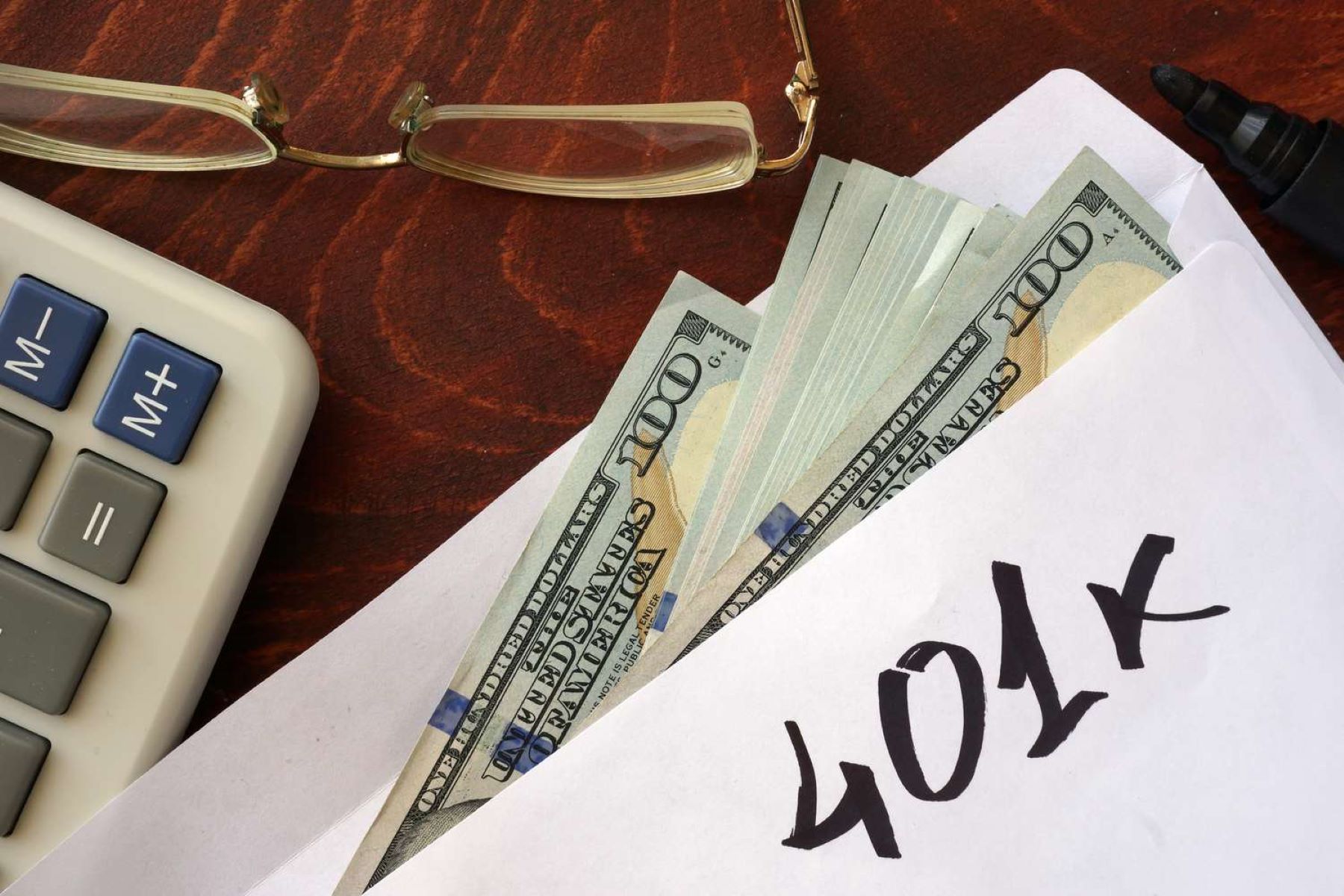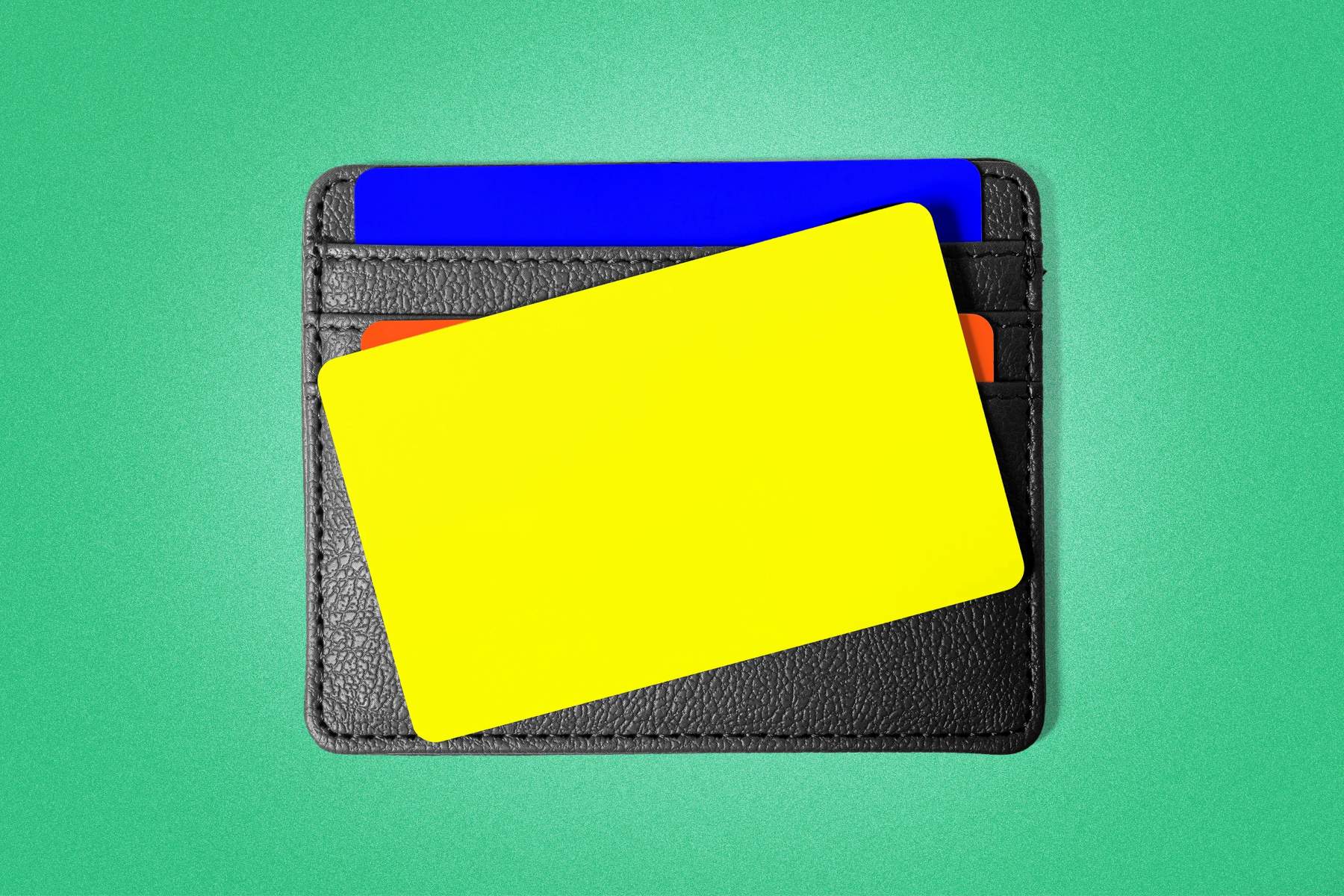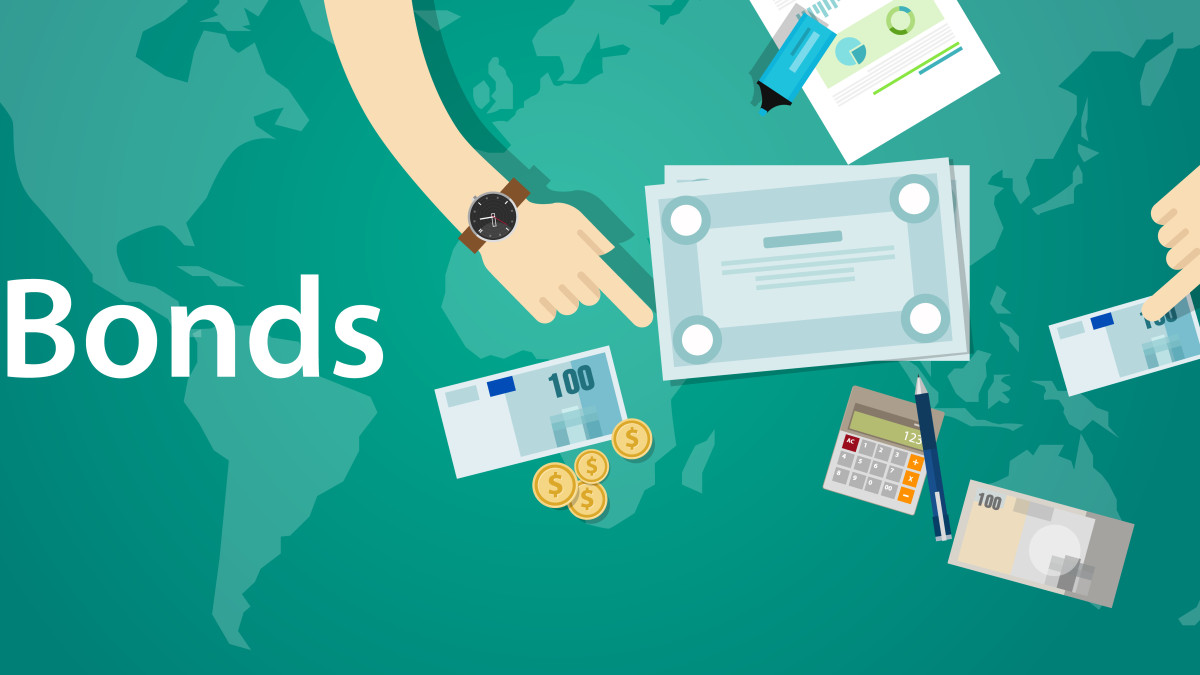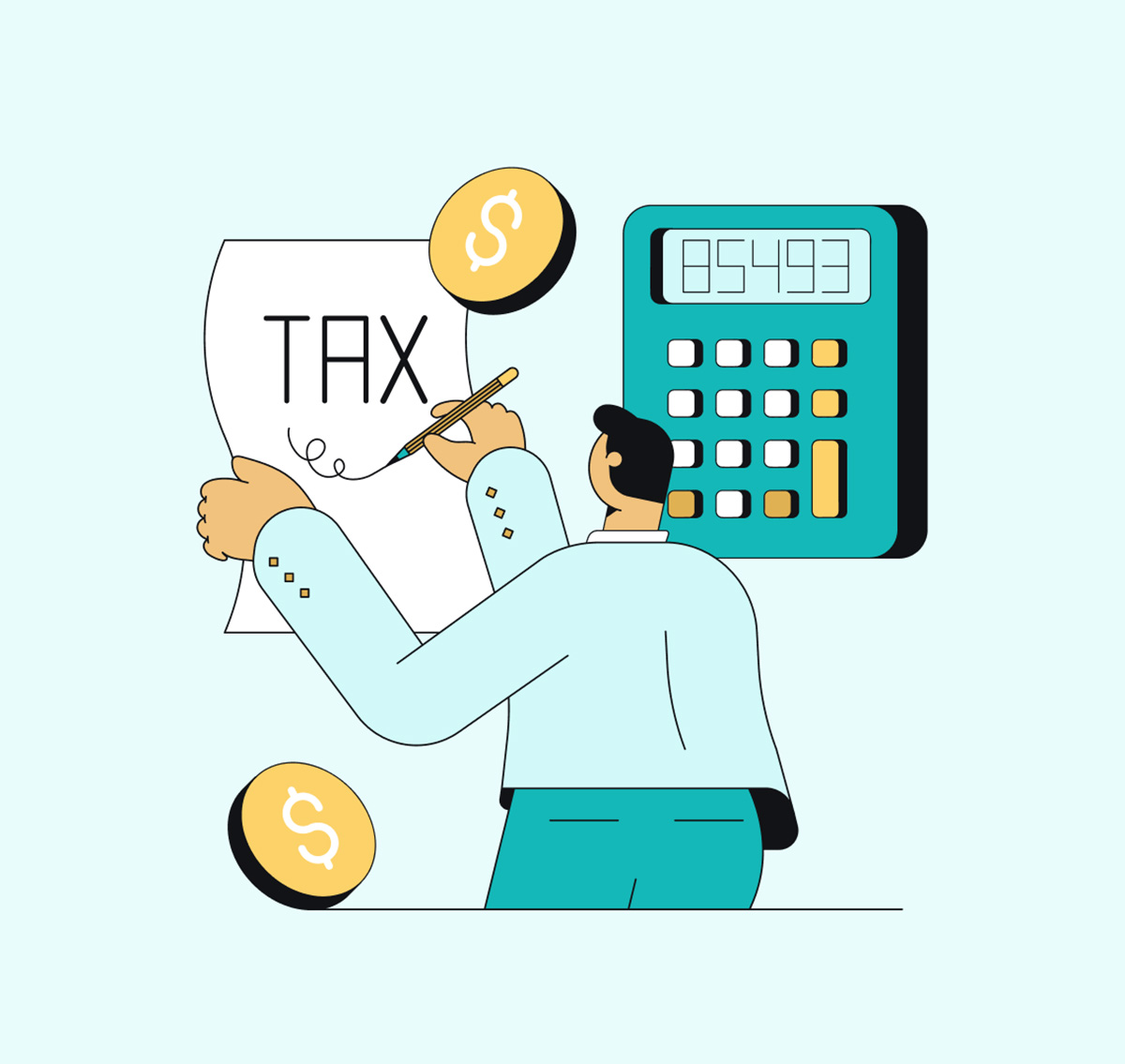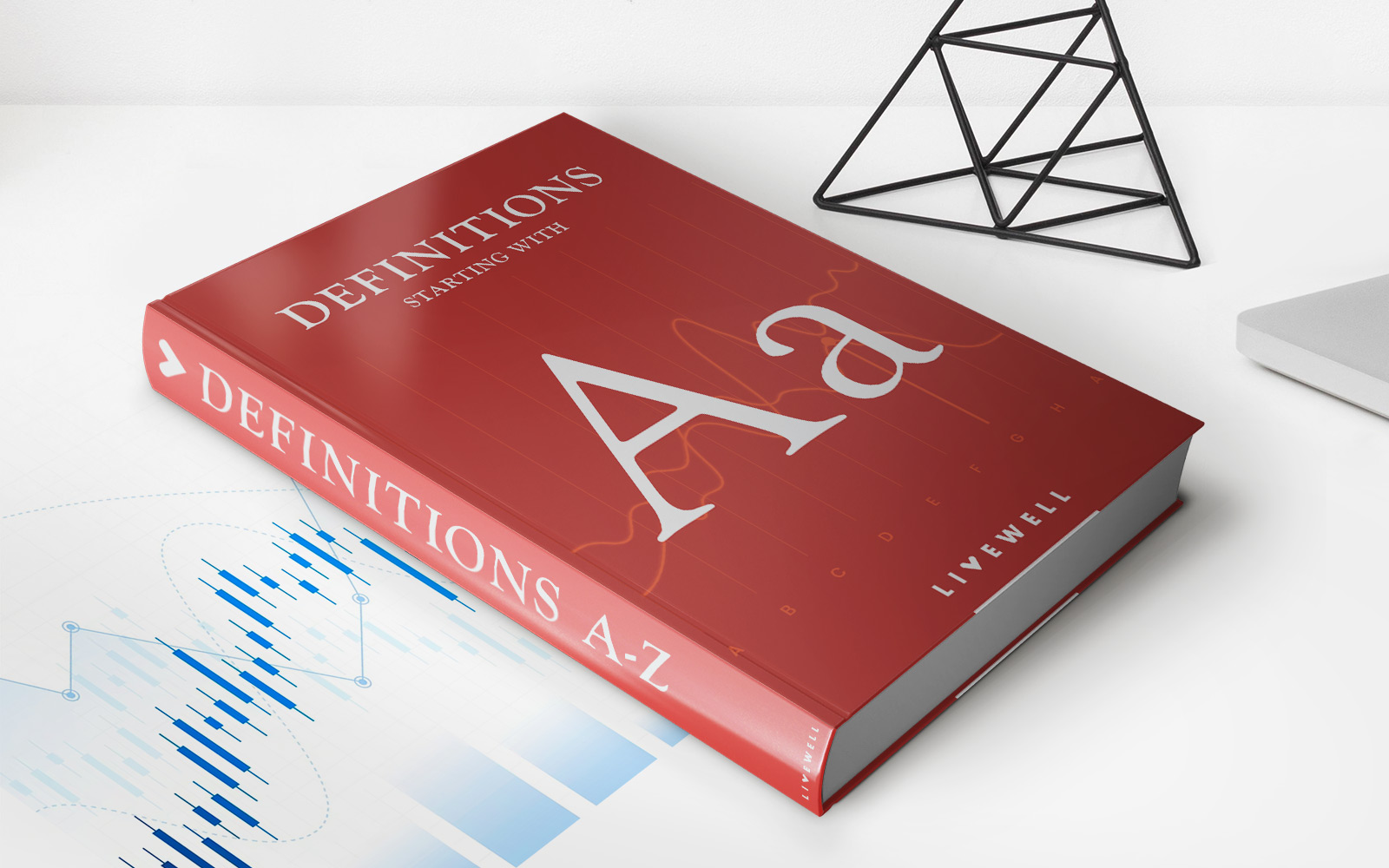Home>Finance>Credit Utilization When You Max Out One Credit Card


Finance
Credit Utilization When You Max Out One Credit Card
Published: March 6, 2024
Learn the impact of maxing out one credit card on your credit utilization. Find out how it affects your overall financial health and what steps you can take to mitigate the impact.
(Many of the links in this article redirect to a specific reviewed product. Your purchase of these products through affiliate links helps to generate commission for LiveWell, at no extra cost. Learn more)
Table of Contents
Introduction
Understanding the Significance of Credit Utilization
Credit cards have become an integral part of modern financial transactions, offering convenience and flexibility in managing expenses. However, the manner in which you utilize your credit can significantly impact your financial well-being. One crucial aspect of credit management is credit utilization, which plays a pivotal role in determining your credit score and overall financial health.
Credit utilization refers to the ratio of your credit card balances to your credit limits. This metric holds substantial weight in credit scoring models, as it reflects your ability to manage credit responsibly. Maintaining a low credit utilization ratio demonstrates prudent financial behavior and can positively influence your credit score. Conversely, high credit utilization can raise red flags for lenders and potentially lower your credit score.
Understanding the implications of credit utilization, particularly in scenarios where one credit card is maxed out, is essential for individuals seeking to safeguard their financial standing. This article delves into the impact of maxing out a single credit card, offering insights into mitigating the potential repercussions and maintaining a healthy credit profile. Let's explore the intricacies of credit utilization and gain valuable knowledge on navigating this critical aspect of personal finance.
Understanding Credit Utilization
Credit utilization, often referred to as the credit utilization ratio, is a fundamental concept in the realm of personal finance. It represents the percentage of your available credit that you are currently using. This metric is calculated by dividing your total credit card balances by your total credit card limits and is expressed as a percentage.
For example, if you have a total credit limit of $10,000 across all your credit cards and your combined outstanding balances amount to $3,000, your credit utilization ratio would be 30%. Lenders and credit bureaus utilize this ratio to assess your credit management habits and financial responsibility. A lower credit utilization ratio is generally perceived favorably, indicating that you are not overly reliant on credit and are effectively managing your finances.
Credit utilization is a key factor in credit scoring models, with major credit bureaus such as Equifax, Experian, and TransUnion considering it when calculating credit scores. As such, maintaining a low credit utilization ratio is pivotal for preserving a healthy credit score. Financial experts often recommend keeping this ratio below 30% to demonstrate responsible credit usage.
It is important to note that credit utilization applies not only to individual credit cards but also to the aggregate of all your revolving credit accounts, including credit cards and lines of credit. This holistic view of credit utilization provides a comprehensive assessment of your overall credit management practices.
By comprehending the significance of credit utilization and its impact on credit scores, individuals can make informed decisions regarding their credit usage, thereby fortifying their financial well-being.
The Impact of Maxing Out One Credit Card
Maxing out a credit card, or utilizing the entire available credit limit, can have far-reaching implications on an individual’s financial standing. When a credit card is pushed to its limit, it significantly inflates the credit utilization ratio associated with that specific card. This elevated ratio can signal financial distress to creditors and credit bureaus, potentially leading to adverse effects on the individual’s credit score.
One of the primary repercussions of maxing out a credit card is the potential negative impact on credit scores. As credit utilization holds substantial weight in credit scoring models, a high utilization ratio resulting from maxing out a credit card can lead to a decrease in the individual’s credit score. This decline can hinder the individual’s ability to secure favorable terms on future credit applications, such as loans or additional credit cards.
Moreover, maxing out a credit card can trigger penalty interest rates and fees, exacerbating the financial burden on the cardholder. The heightened utilization may also prompt the credit card issuer to reassess the individual’s creditworthiness, potentially resulting in a reduction of the credit limit or even account closure. These outcomes can further diminish the individual’s financial flexibility and access to credit.
Furthermore, the ramifications of maxing out a credit card extend beyond credit scores and financial penalties. It can also contribute to increased stress and anxiety related to managing debt and financial obligations. The psychological toll of grappling with maxed-out credit cards can impact an individual’s overall well-being and quality of life.
Understanding the profound impact of maxing out a credit card underscores the importance of prudent credit management and the need to mitigate the potential fallout from such actions. By proactively addressing high credit utilization and its implications, individuals can take proactive steps to safeguard their financial stability and creditworthiness.
Minimizing the Impact of Maxing Out One Credit Card
While maxing out a credit card can present significant challenges, there are strategic measures that individuals can employ to mitigate the impact and regain control of their financial situation.
1. Paying Down the Balance
One of the most effective approaches to reduce the impact of maxing out a credit card is to prioritize paying down the outstanding balance. By allocating additional funds toward the credit card with the highest utilization, individuals can swiftly lower the credit utilization ratio associated with that card, subsequently bolstering their overall credit profile.
2. Seeking a Credit Limit Increase
Requesting a credit limit increase from the credit card issuer can be a viable strategy to alleviate the burden of high credit utilization. If approved, this increase can lower the credit utilization ratio, provided that the outstanding balance remains constant. However, it is crucial to exercise prudence when pursuing this option, as a higher credit limit should not translate to increased spending.
3. Exploring Balance Transfer Options
Transferring the balance from a maxed-out credit card to one with a lower utilization ratio or securing a balance transfer card with a promotional 0% interest period can offer relief from exorbitant interest charges. This approach can facilitate more manageable debt repayment and mitigate the impact of high credit utilization on the affected card.
4. Diversifying Credit Usage
Strategically utilizing other available credit lines, such as alternate credit cards or lines of credit, can help distribute the credit utilization across multiple accounts, thereby reducing the strain on any single card. This diversification can contribute to a more balanced credit profile and mitigate the impact of maxing out one credit card.
5. Communicating with the Credit Card Issuer
Engaging in open communication with the credit card issuer to discuss the circumstances surrounding the high utilization can yield potential solutions. Some issuers may offer hardship programs or temporary relief options to assist cardholders in managing their debt more effectively.
By implementing these proactive measures, individuals can navigate the challenges posed by maxing out a credit card and work towards restoring financial stability and a favorable credit standing.
In Conclusion
Credit utilization is a critical aspect of personal finance that demands careful attention and strategic management. The repercussions of maxing out a credit card can reverberate across various facets of an individual’s financial landscape, impacting credit scores, financial flexibility, and overall well-being. However, by understanding the implications of high credit utilization and adopting proactive measures, individuals can mitigate the adverse effects and pave the way for financial recovery.
It is imperative for individuals to prioritize responsible credit management, which involves maintaining a prudent credit utilization ratio and addressing high utilization promptly. By paying down balances, exploring credit limit adjustments, leveraging balance transfer options, diversifying credit usage, and engaging in constructive dialogue with credit card issuers, individuals can navigate the challenges associated with maxing out a credit card and mitigate its impact on their financial health.
Furthermore, fostering financial literacy and cultivating sound financial habits are instrumental in fortifying one’s resilience against the pitfalls of high credit utilization. Empowering individuals with the knowledge and resources to make informed financial decisions is pivotal in promoting long-term financial well-being and stability.
As individuals strive to navigate the complexities of credit utilization and maintain a balanced approach to credit management, equipping themselves with the tools and insights offered in this article can serve as a compass for steering through challenging financial terrain. By embracing prudence, diligence, and a proactive mindset, individuals can effectively minimize the impact of maxing out a credit card and embark on a trajectory towards financial empowerment and security.

